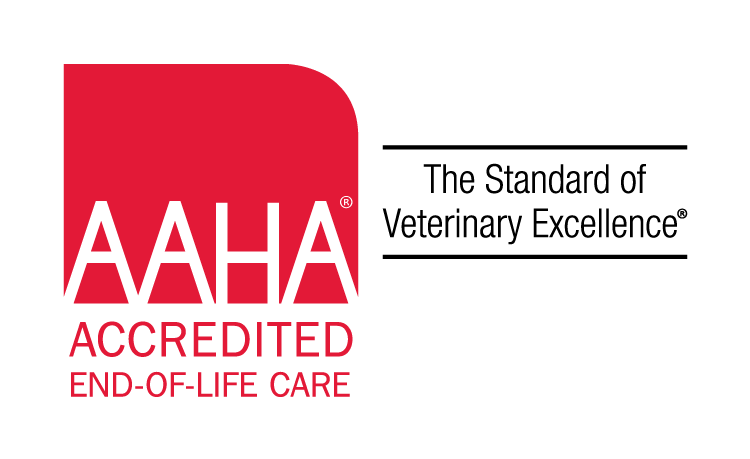Assessing Quality of Life
Similar to humans, animals display signs of well-being, illness, pain, and discomfort.
Assessing Changes
As a pet owner, you know your furry friend the best. Suppose you notice any changes in their behavior. In that case, you should consider a veterinary diagnosis of their health to see if they have an illness or if they are struggling with painful conditions associated with old age.
If your pet has been diagnosed with an illness or with declining health, look for certain signs to assess their quality of life and when it may be time for a pet hospice consultation or the decision to perform in-home pet euthanasia.
Resources
Here are helpful resources to help you assess your pet’s quality of life and support services:
Local Resources
Local Pet Loss Support Group
MVA’S Pet Loss Support Group Norristown
Quality of Life Links
Veterinary Medical Center of the Ohio State University: Learn about the common signs of declining animal health
Quality of Life Scale by Dr. Alice Villalobus
Pet Personality and Clinical Signs by Chi Institute for Chinese Medicine
Pet Loss Support and Bereavement Resources
The Association for Pet Loss and Bereavement
ASPCA Pet Loss Support Hotline
The Argus Institute Counseling and Support Services
Cornell University College of Veterinary Medicine Pet Loss Support Hotline
Washington State University College of Veterinary Medicine Pet Loss Support Hotline
Veterinary Wisdom for Pet Parents
Books
BOOKS ESPECIALLY FOR CHILDREN
- TITLE: “When a Pet Dies”
- TITLE: “Cat Heaven”
- TITLE: “Remembering My Pet”
Tips on home burial courtesy of Euthabag
Burial of animal bodies is not permitted in urban and suburban areas.
Burial should only be performed in accordance with local and state laws and with the landlord’s authorization.
There are no official guidelines for the proper disposal of dead animals. To protect human, animal, and environmental health please follow these guidelines:
- When digging a hole, ensure that the top of the body is covered with at least 2 feet of earth. If this depth is not attainable, it is important to cover the hole with a large rock or wire to prevent digging by wildlife. Note that:
- Euthanized pet remains are poisonous and possibly mortal to other animals who would ingest it
- Pets that died of a contagious disease should be cremated
- A deceased animal may leak body fluids after passing
- Buried animals must not come in contact with any surface bodies of water or groundwater including inland lakes, streams, rivers, open drains
- Deceased animals should not be buried in sandy soils, black land, rocky soil, flood land or around home foundation
- Animal graves must not be located within 200 feet of any stream or groundwater and 500 feet from a well used to supply potable drinking water
- Place a layer of lime at the bottom of the hole and on the body.
- Compress the earth and level the soil.
- Take a moment to yourself…
- Finally, if you ever sell your property, it is important to notify future buyers of the presence of any animals that may be buried on the land.
Please accept our most heartfelt sympathies for your loss…our thoughts are with you and your family during this difficult time.


